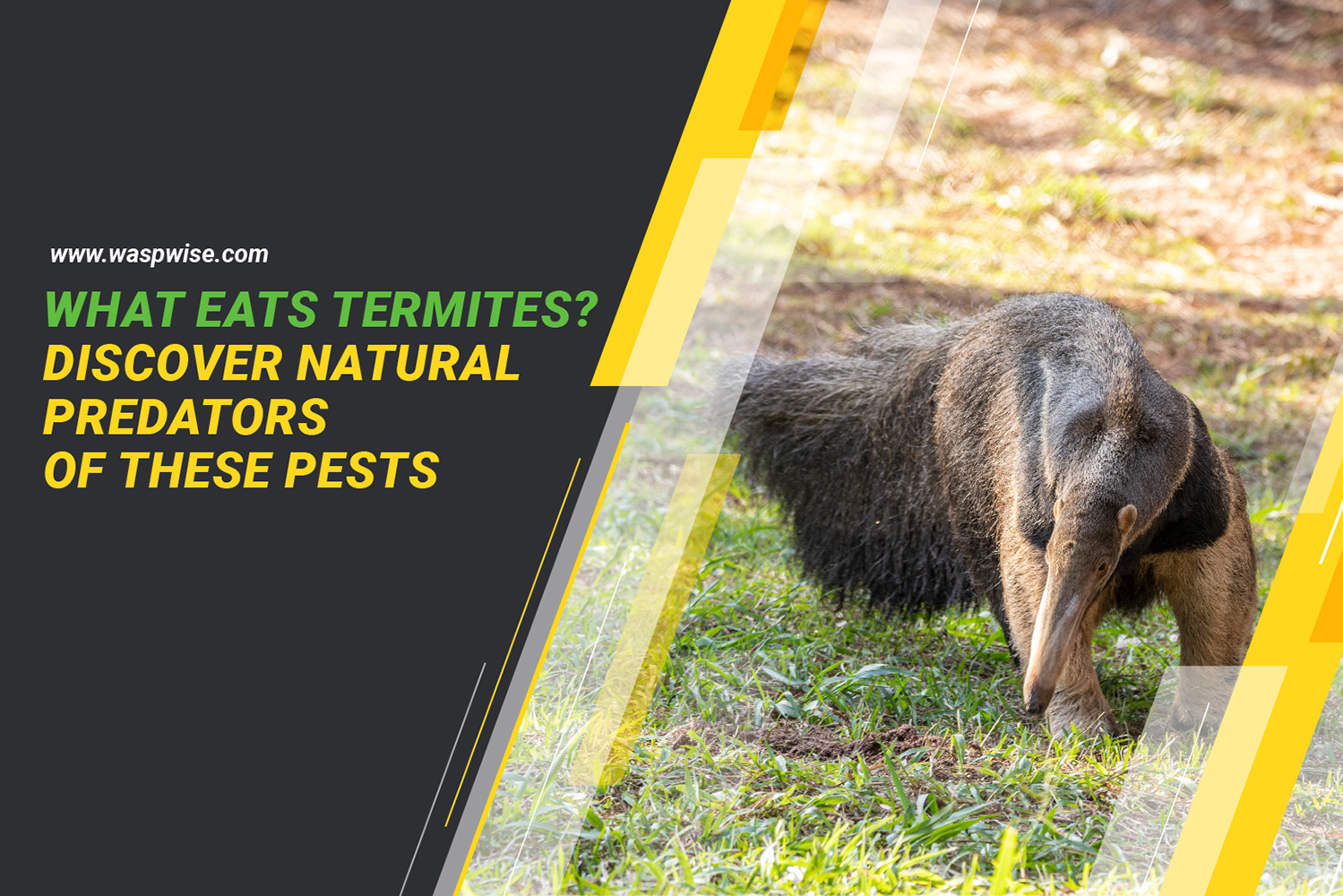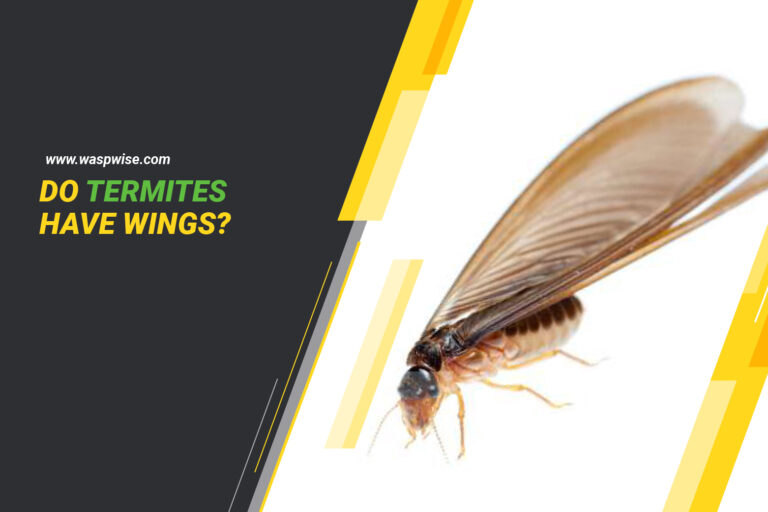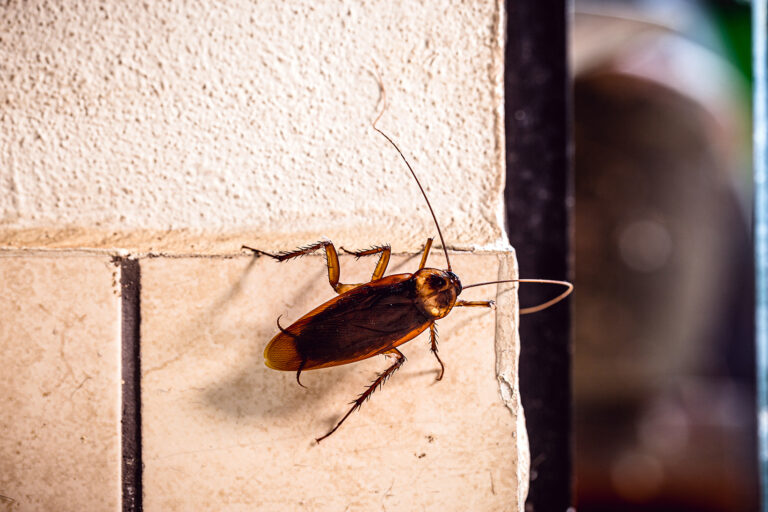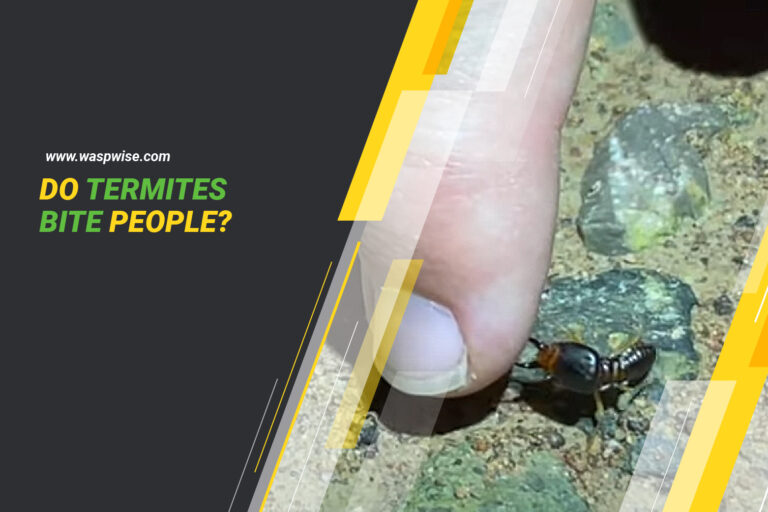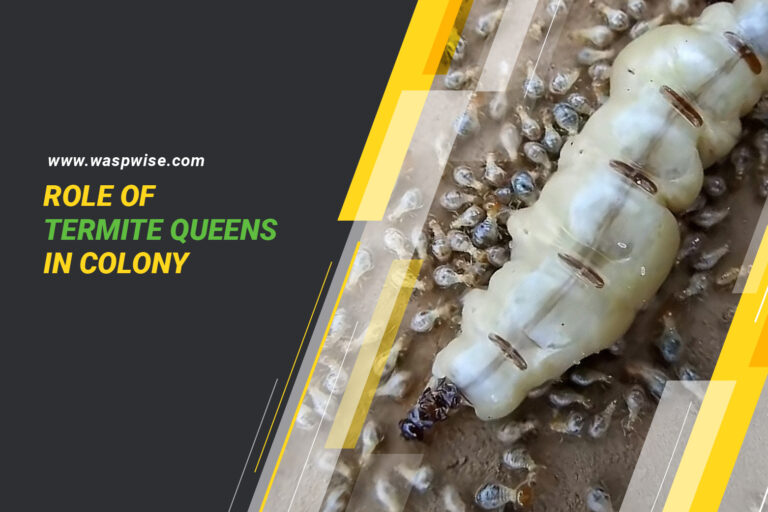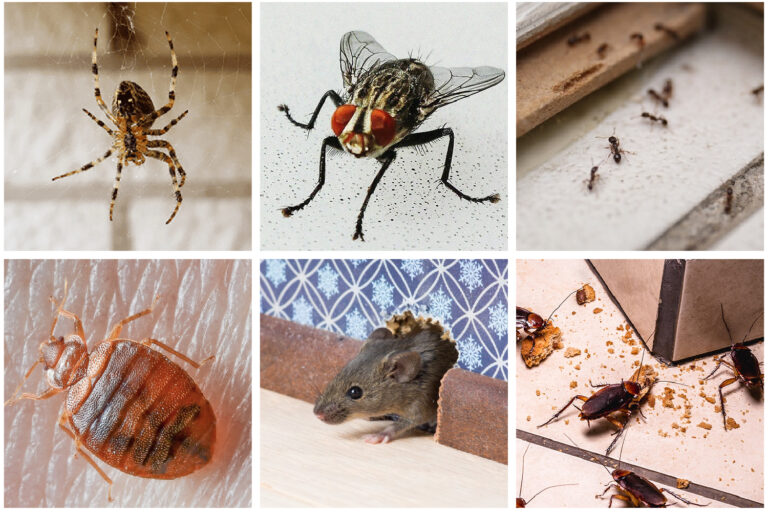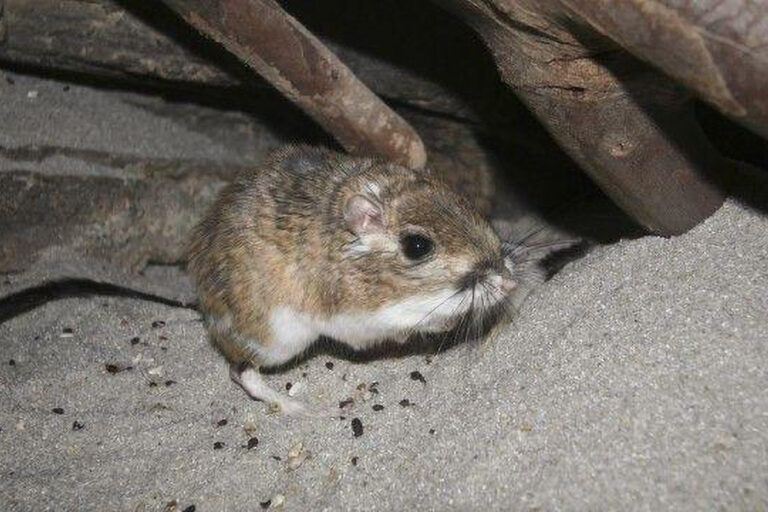WHAT EATS TERMITES: DISCOVER NATURAL PREDATORS OF THESE PESTS
Termites are notorious for causing damage to wooden structures, and their colonies can be challenging to control. While pest control methods such as baiting and fumigation are common solutions, there are also natural predators of termites that can help keep their populations in check. In this blog post, we’ll explore the different types of animals that prey on termites and their role in pest control and the ecosystem.
Many animals, including birds, reptiles, mammals, and insects, eat termites. Anteaters and aardvarks are two of the most well-known termite predators, while certain species of birds, such as woodpeckers, also feed on termites.
NATURAL PREDATORS OF TERMITES: WHAT ANIMALS EAT TERMITES.
Termites have a range of predators, including ants, birds, mammals, insects, and even other termites. Here are some of the most common predators of termites and how they hunt them down.
Ants and Termites: A Predator-Prey Relationship
Ants are one of the most well-known predators of termites, with some species specializing in preying on them. Ants use their strong mandibles to tear apart termite bodies, and they can also use chemical signals to communicate with other ants and coordinate their attacks. Some species of ants even invade termite colonies and steal their food and resources.
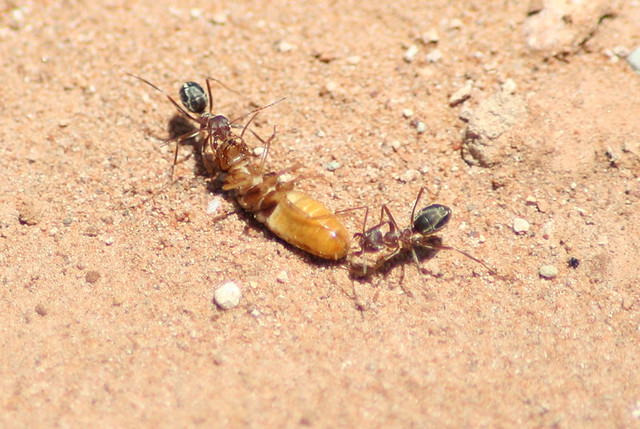
Insects That Eat Termites: Dragonflies, Spiders, and More
Dragonflies, spiders, and other insects also prey on termites. These predators use their agility and speed to catch termites in mid-air or pounce on them when they emerge from their nests. Some species of mantises are also known to hunt termites, using their powerful forelegs to grab and crush them.
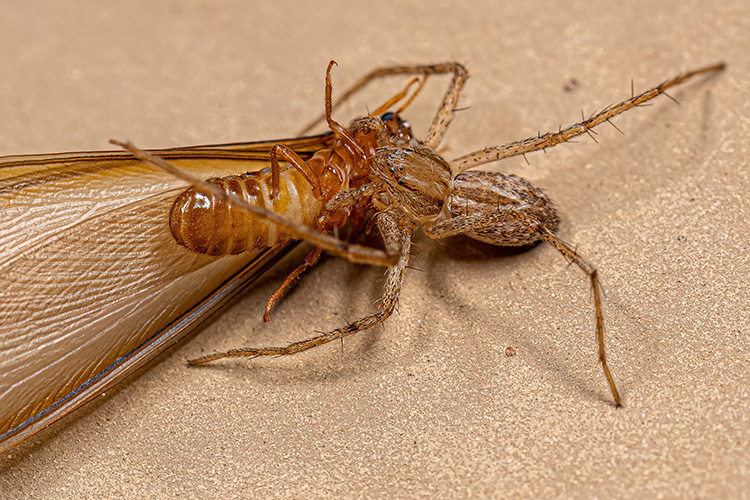
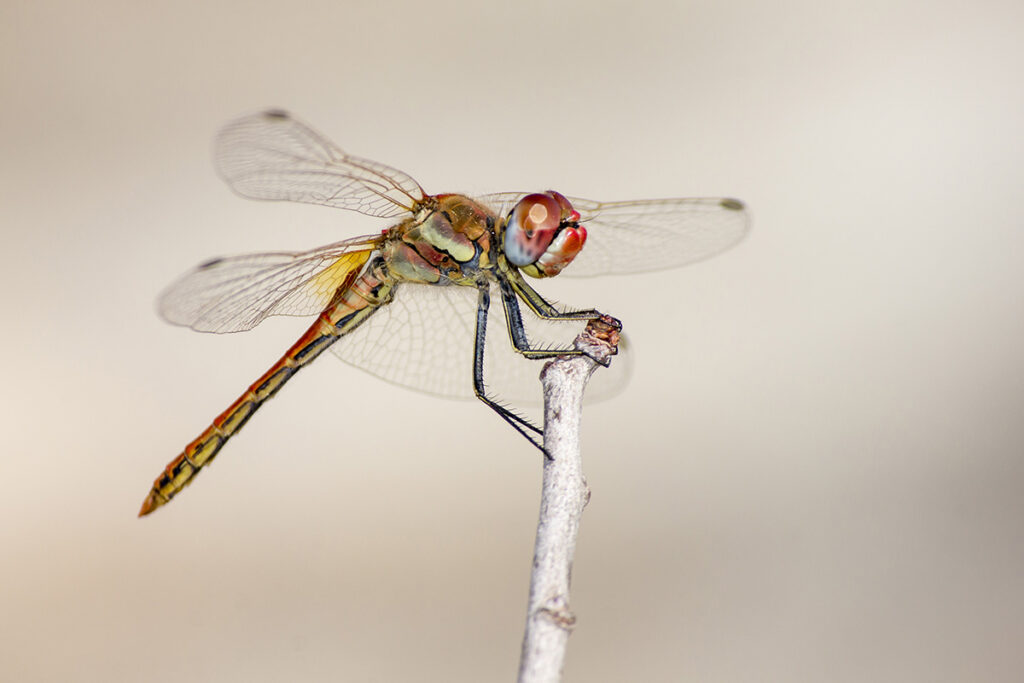
Birds That Feed on Termites: Natural Termite Control in the Skies
Birds such as woodpeckers, kingfishers, and hornbills are known to eat termites. They use their sharp beaks and long tongues to extract termites from their nests and tree trunks. Some bird species specialize in feeding on termites and can consume large quantities of them in a single feeding session.
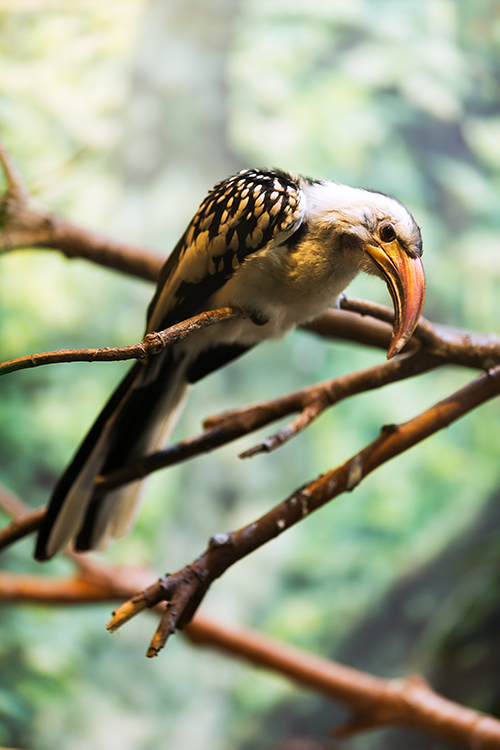


Mammalian Predators of Termites: Aardvarks, Anteaters, and More
Aardvarks and anteaters are two well-known mammalian predators of termites. These animals use their long, sticky tongues to extract termites from their nests. Other mammalian predators of termites include armadillos, pangolins, and some species of bats.
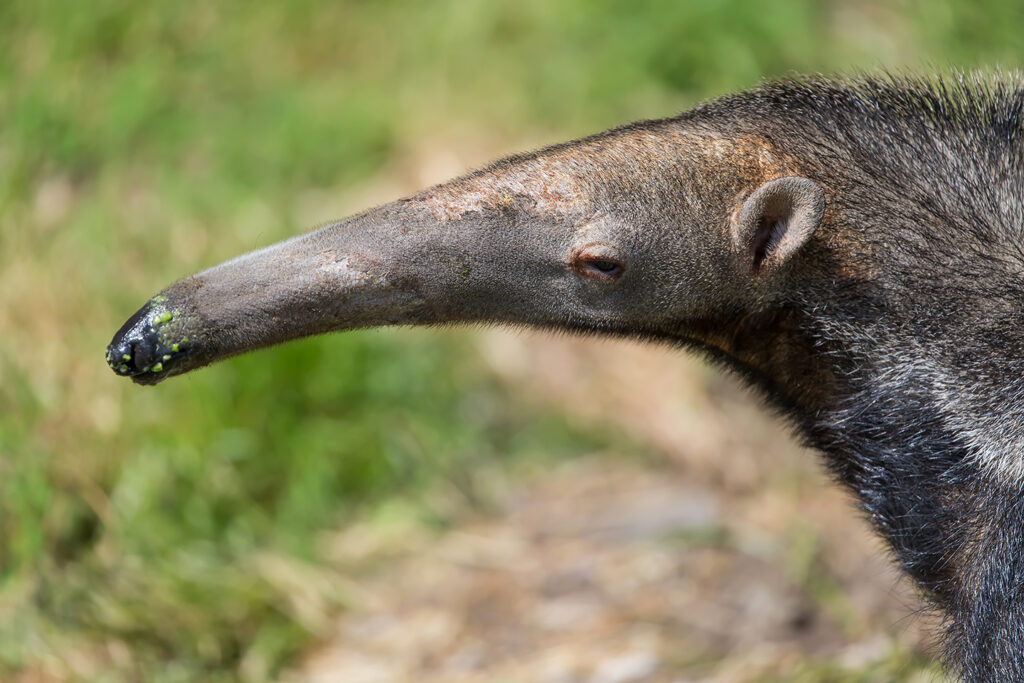
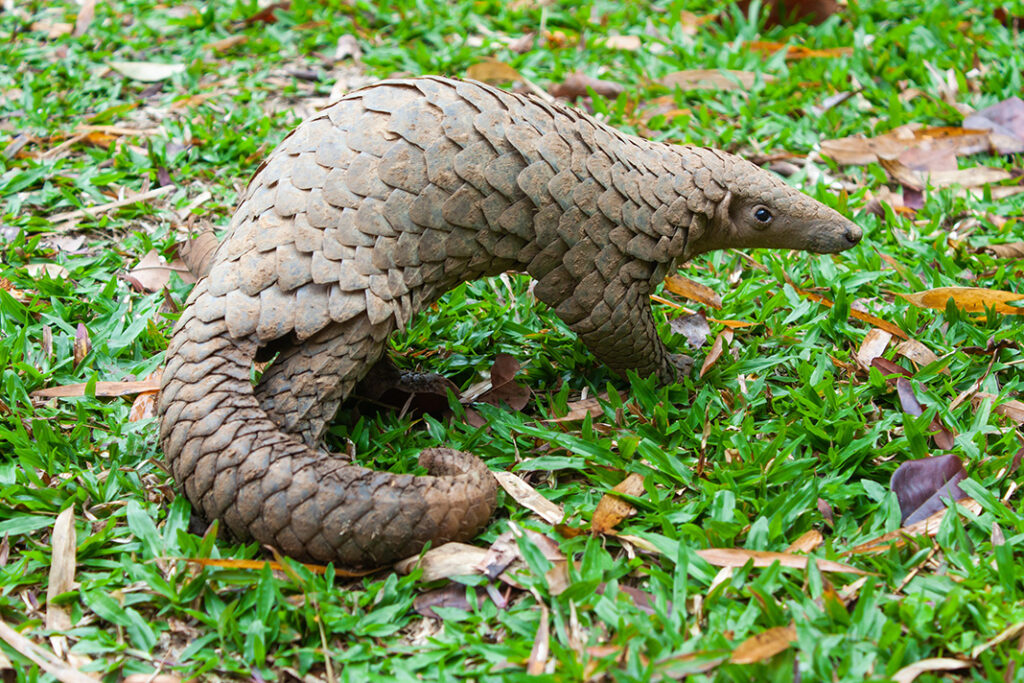
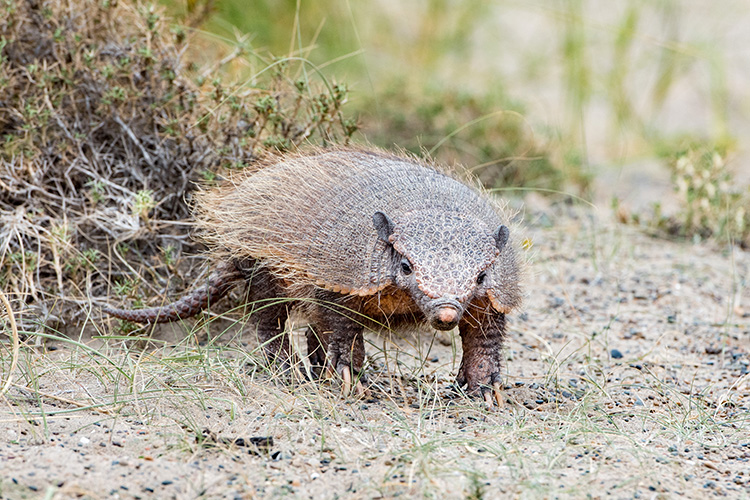
Praying Mantises and Termites: Do These Predators Kill Termites?
Praying mantises are known for predatory behavior but are not typically considered termites’ natural predators. While mantises may eat termites if they encounter them, they are not specialized to hunt them.
PEST CONTROL AND TERMITES: HOW NATURAL PREDATORS CAN HELP
Natural predators of termites can play an important role in pest control. Here’s what you need to know.
The Role of Natural Predators in Termite Control
When natural predatory animals are present in an area, they can help keep termite populations in check. This can reduce the need for chemical pesticides and other pest control methods. Predatory animals can also help control the spread of termite colonies by attacking termite swarmers before they can establish new colonies.
Can Natural Predators Completely Eliminate a Termite Infestation?
While natural predators can help control termite populations, they cannot completely eliminate an infestation. Sometimes, a combination of natural and chemical pest control methods may be necessary to eradicate a termite problem.
THE ROLE OF TERMITES IN THE ECOSYSTEM: WHY PREDATORS MATTER
Termites may be pests when they invade our homes, but they play an important role in the ecosystem. Here’s why predators of termites matter.
Termites and Soil Health
Termites are important decomposers that help break down dead plant matter and return nutrients to the soil. They also create tunnels and burrows that improve soil structure and allow air and water to penetrate deeper into the ground. This makes them an important part of the ecosystem and highlights the importance of balancing pest control with environmental sustainability.
Termites as Food for Other Animals
Termites also serve as an important food source for many other animals in the ecosystem. As we discussed earlier, birds, mammals, and insects all prey on termites.
Did you know?
In some cultures, termites are considered a delicacy and are eaten as a snack or used as a seasoning for other foods.
The Importance of Balancing Pest Control and Ecosystem Health
While termites can cause significant damage to wooden structures, it’s important to remember their role in the ecosystem. Termites’ natural predators can help control their populations and reduce the need for chemical pest control methods, but it’s also important to consider the impact of pest control on the environment. By balancing pest control with ecosystem health, we can protect our homes and the natural world.
ARE TERMITES DEFENSELESS? UNDERSTANDING THE TERMITE PREDATOR-PREY DYNAMIC
Termites may seem like easy prey for their natural predators, but they are not defenseless. Here’s what you need to know about termite defenses and how insectivores impact their behavior.
Termite Defenses Against Predators
Termites have a range of defenses against their insectivores. Some species of termites have soldiers with large mandibles or specialized glands that produce toxic substances to ward off predators. Others have developed a habit of sealing up their tunnels to protect themselves from attack.
How Predators Impact Termite Behavior
The presence of predators can have a significant impact on termite behavior. In some cases, termites may alter their behavior to avoid predation. For example, some species of termites may build tunnels in locations more difficult for predators to access. Other species may change their foraging patterns or reduce their activity to avoid detection by predators.
In conclusion, natural hunters of termites play an important role in pest control and the ecosystem. While termites can cause significant damage to wooden structures, it’s important to consider their role in soil health and as a food source for other animals. By balancing pest control with environmental sustainability, we can protect our homes and the natural world.

